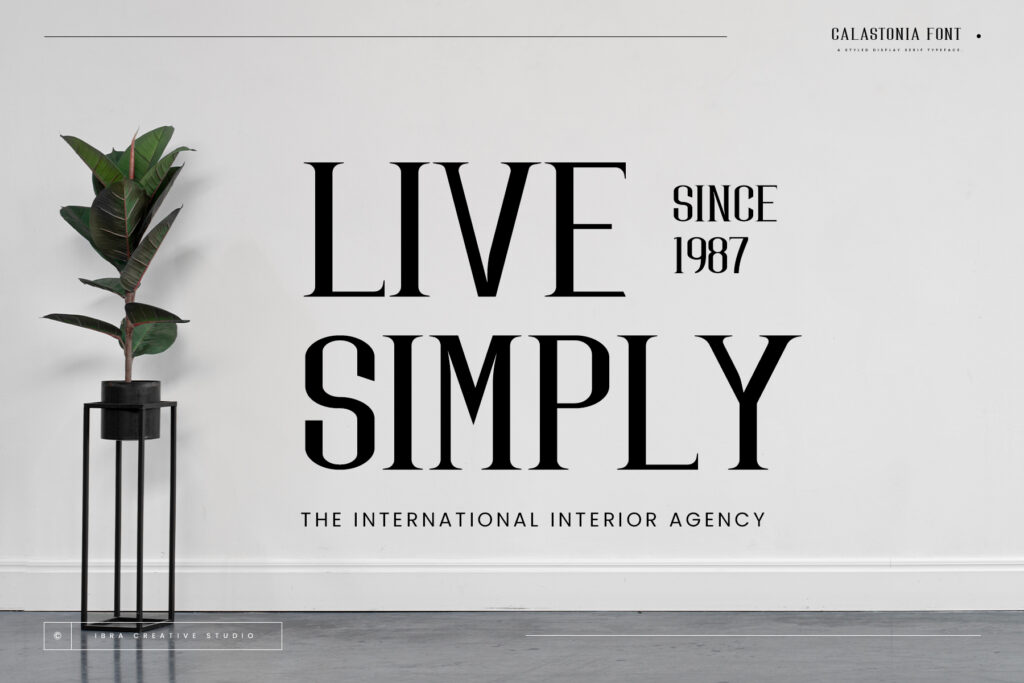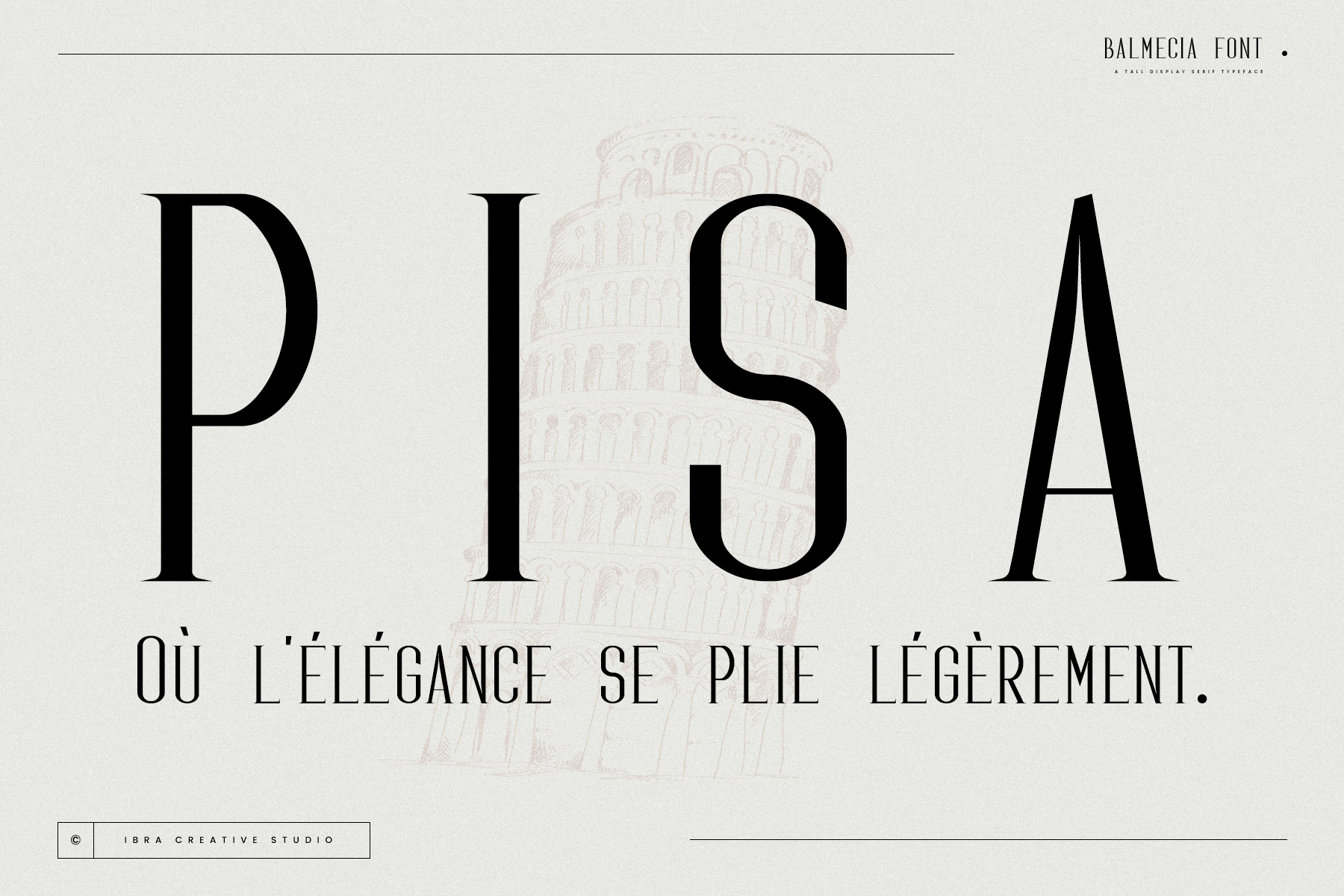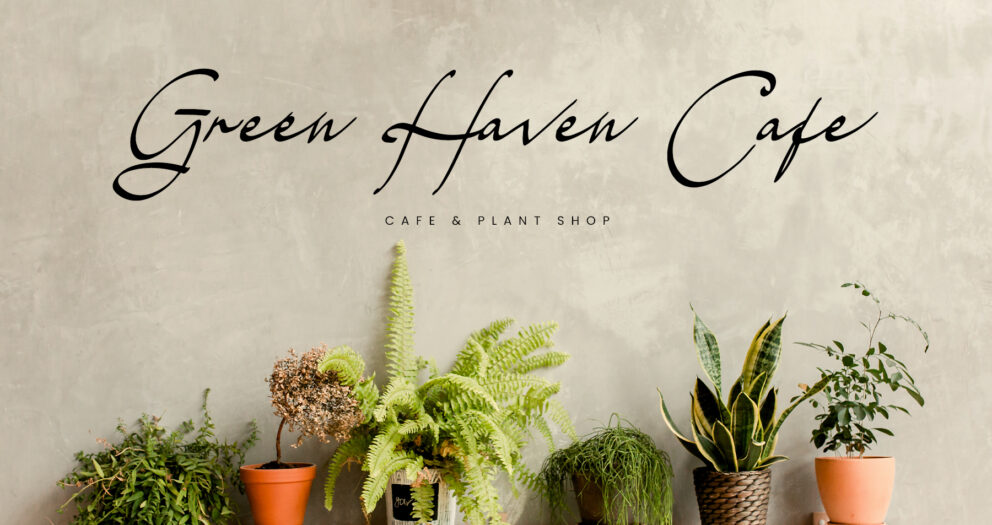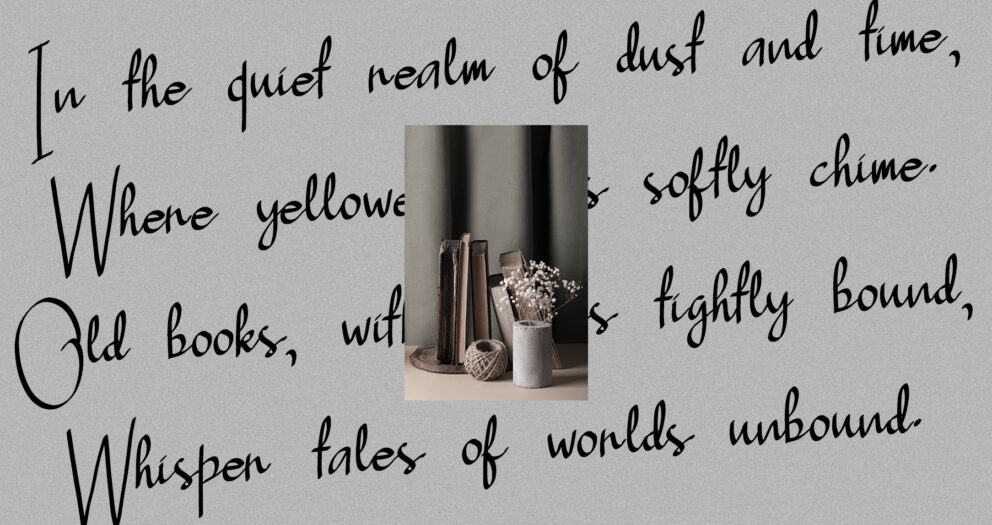Introduction
Kerning pairs are the dynamic duos of typography – certain combinations of letters that, due to their shapes, require specific spacing adjustments for visual harmony. This guide will delve deep into the world of kerning pairs, providing a comprehensive list and insights to help typographers and designers refine their work.
Understanding Kerning Pairs
Kerning pairs are letter combinations that often require manual adjustment to ensure even spacing. This is because the geometric shape of each letter affects how we perceive the space around it.
- Common Kerning Pairs
- Standard Kerning Pairs
- These are some of the most frequently encountered pairs that typically require kerning adjustments:
- AV (and vice versa)
- AW (and vice versa)
- AY (and vice versa)
- FA (and vice versa)
- LA (and vice versa)
- LT
- LV (and vice versa)
- LY (and vice versa)
- TA
- TJ
- To (lowercase ‘o’)
- Tr (lowercase ‘r’)
- TU (and vice versa)
- TY (and vice versa)
- WA
- Wo (lowercase ‘o’)
- YA (and vice versa)
- Yo (lowercase ‘o’)
- Specialized Kerning Pairs
- These pairs may not be as common but are important in specific fonts or styles:
- A. (period)
- A,
- P.
- V.
- W.
- YA
- Yo
- f. (lowercase ‘f’)
- f,
- rT
- rY
- t.
- t,
- v.
- w.
- y.

The Process of Kerning
Identifying the Need for Kerning
Start by setting your text and examining these common pairs. Look for awkward spaces that disrupt the flow of reading.
Adjusting Kerning Manually
Using design software, manually adjust the spacing between these pairs. The goal is to create an even visual space, not necessarily equal physical space.
Trust Your Eye
While metrics and tools are helpful, your eye is the best judge. If a space looks uneven, it likely needs kerning, regardless of what the metrics say.
Tips for Mastering Kerning Pairs
Start with Headlines: Practice kerning with large, headline text where the adjustments are more visible and impactful.
- Use a Grid: A grid can help gauge the visual space more accurately.
- Flip the Text: Sometimes, flipping or mirroring the text can help you see spacing issues more clearly.
- Test in Context: Always check your kerning in the context of the whole design. Isolated adjustments might look different when placed in a paragraph or page.

Conclusion
Kerning pairs are a critical aspect of typography that can elevate the professionalism and aesthetic of your work. While this list covers many common pairs, remember that every font is unique, and kerning needs can vary. Trust your eye, practice regularly, and soon, adjusting kerning pairs will become a natural and essential part of your design process.
Explore More Fonts





